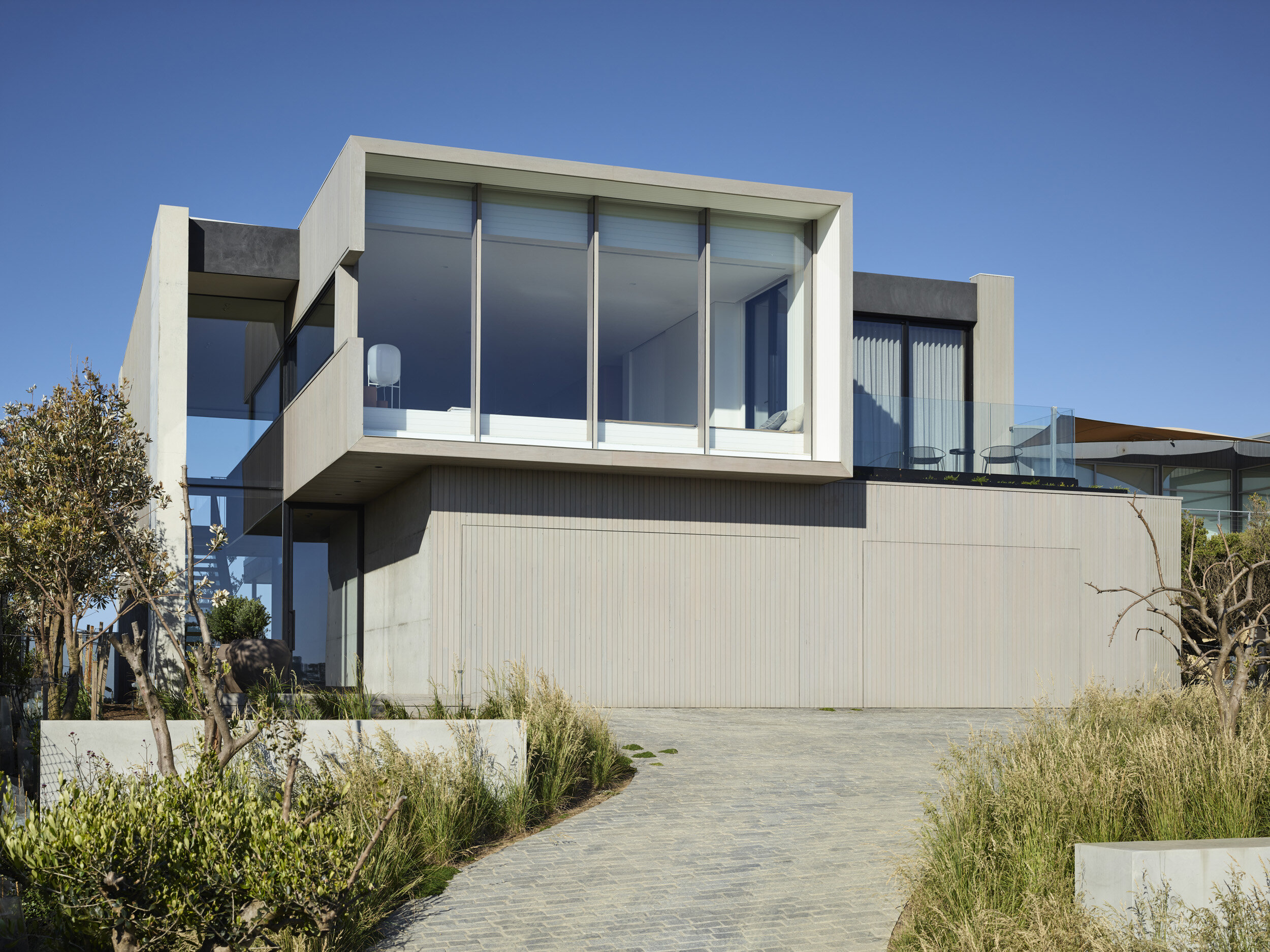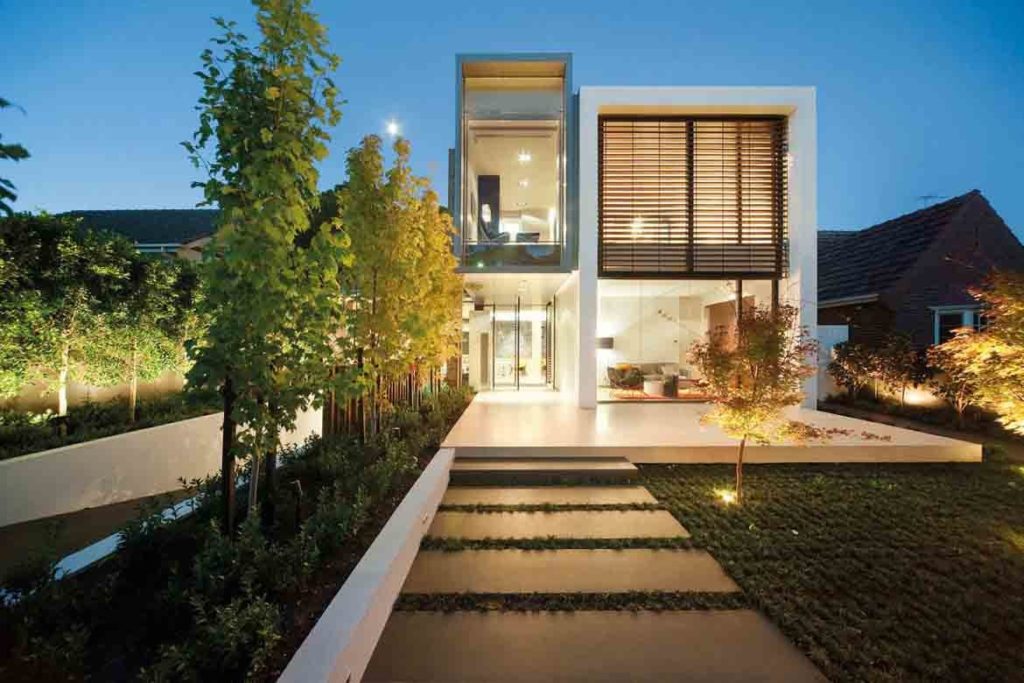Residential Interior Architect Services to Enhance Your Home’s Aesthetic and Functionality
Just How Residential Architects Develop Personalized Residences for each Lifestyle
The procedure through which household designers layout personalized homes is a nuanced interaction of comprehending client needs and translating those understandings into useful home. Via thorough appointments and making use of layout tools, designers capture the significance of their clients' way of livings, guaranteeing that each home mirrors personal values and desires. This collective strategy prolongs beyond first concepts, including lasting practices and ingenious technologies to enhance daily living. As we discover the elaborate steps associated with this transformative procedure, a much deeper gratitude for the designer's function in forming distinct atmospheres starts to arise.
Recognizing Client Requirements

Effective communication is extremely important in this process. Designers ought to motivate clients to express their way of livings, family members characteristics, and future goals, making certain that the style shows their special identity. By using tools such as sets of questions, interviews, and aesthetic surveys, designers can collect beneficial insights right into the customer's vision.
Additionally, recognizing the context in which a home will exist is crucial. Designers must take into consideration factors such as the site attributes, local climate, and cultural influences that can affect the style. This holistic approach enables the creation of areas that are not just cosmetically pleasing but sustainable and additionally sensible.
Ultimately, a deep understanding of client needs allows designers to develop personalized homes that boost the high quality of life for their owners, fostering a sense of belonging and convenience within their living atmospheres.
Layout Process and Collaboration
The design process in property design is a vibrant interaction of creative thinking and cooperation, where engineers, customers, and numerous stakeholders function closely to bring a vision to life. This iterative trip normally starts with a series of meetings to develop an extensive understanding of the customer's aspirations, preferences, and way of living requirements. Throughout these conversations, engineers collect essential details, allowing them to conceive styles that line up with the customer's vision.
Complying with the preliminary assessments, the style phase evolves through illustrations, 3D versions, and building renderings. This visual interaction works as a device for architects to present ideas, while additionally welcoming client feedback, making certain that the final layout resonates with their assumptions. Reliable collaboration with engineers, contractors, and indoor designers is vital during this phase, as it ensures that all useful facets of the project are seamlessly incorporated.

Incorporating Lifestyle Aspects
Including way of living components right into residential design is important for producing areas that truly resonate with the citizens. residential architecture homes. This procedure begins with understanding the unique demands, choices, and everyday routines of the property owners. Architects engage in thorough conversations to discover how the private or family utilizes their area, whether for amusing visitors, seeking pastimes, or seeking silent hideaway
When these insights are collected, designers can tailor layout functions that improve daily experiences. For instance, open floor strategies might be designed for family members that focus on togetherness, while dedicated work spaces can be incorporated for those who function from home. Outside areas, such as outdoor patios or gardens, can be highlighted for families that appreciate outside tasks or enjoyable.
In addition, versatility is a key factor to consider; multi-functional spaces permit for adaptability as way of livings advance over time. Custom-made storage services can additionally be incorporated to satisfy details company requirements, making certain that the home remains useful and clutter-free. Eventually, by attentively weaving way of living elements into the building fabric, property engineers develop customized homes that not just fulfill aesthetic wishes yet also substantially boost the lifestyle for their clients.
Sustainable and Smart Style
Smart and sustainable style significantly plays a pivotal function in property style, as homeowners seek to reduce their ecological effect while boosting their living experiences. Engineers are currently incorporating environment-friendly products, energy-efficient systems, and innovative innovations to develop homes that not check this site out just fulfill visual desires but likewise serve the planet.
Including renewable resource resources, such as solar panels and wind generators, allows property owners to harness natural deposits, substantially minimizing reliance on standard power grids. Smart home technologies even more boost sustainability by maximizing power usage via automated systems that manage home heating, cooling, and lighting based on occupancy and choices.
Additionally, using lasting structure materials-- like reclaimed timber, bamboo, and recycled steel-- advertises a round economic situation, minimizing waste and resource intake. Designers likewise emphasize passive layout principles, guaranteeing homes are oriented for optimum natural light and air flow, consequently reducing the demand for man-made cooling and heating.
In enhancement to environmental advantages, sustainable and clever style adds to the general comfort and wellness of citizens. By focusing on interior air quality and natural environments, designers create areas that cultivate well-being, permitting property owners to grow in harmony with their environment.
Wrapping Up and Executing Strategies
Finalizing and executing strategies is a vital stage in the residential design process, where the vision of a tailored home begins to emerge. This phase entails meticulous interest to detail, making certain that every aspect of the design is exactly expressed and ready for construction. residential architecture homes. Designers work together carefully with customers to assess last plans, see page dealing with any type of last-minute modifications or worries, while guaranteeing that all aspects line up with the house owner's way of living demands
Once plans are completed, architects prepare thorough construction documents, including comprehensive drawings and specs that function as a blueprint for building contractors. These papers outline materials, coatings, and installment approaches, giving quality for service providers and subcontractors. In addition, safeguarding essential licenses and adhering to local building ordinance is important, as it guarantees compliance and smooth project implementation.
Reliable communication is important throughout this phase. Normal updates and conversations with contractors help to mitigate possible problems resource before they arise. By cultivating a joint atmosphere, architects can assure that the execution aligns with the initial vision. Ultimately, this crucial stage changes principles into reality, laying the structure for a home that reflects the unique way of life and preferences of its inhabitants.
Final Thought
In verdict, residential architects play a critical duty in crafting customized homes that cater to diverse lifestyles. Through precise understanding of client requirements, collective design processes, and the combination of way of life aspects, designers guarantee that each home shows private preferences.
The process by which household architects design customized homes is a nuanced interplay of recognizing customer requirements and converting those understandings right into practical living spaces. Through comprehensive assessments and the use of design devices, designers capture the essence of their customers' way of livings, making certain that each home shows personal values and goals. Designers ought to encourage clients to express their way of lives, family members dynamics, and future goals, guaranteeing that the design mirrors their special identity.The layout procedure in domestic architecture is a dynamic interaction of imagination and collaboration, where engineers, customers, and various stakeholders function carefully to bring a vision to life - residential architecture homes. Through careful understanding of customer requirements, collaborative layout processes, and the assimilation of way of life elements, engineers guarantee that each home reflects specific preferences